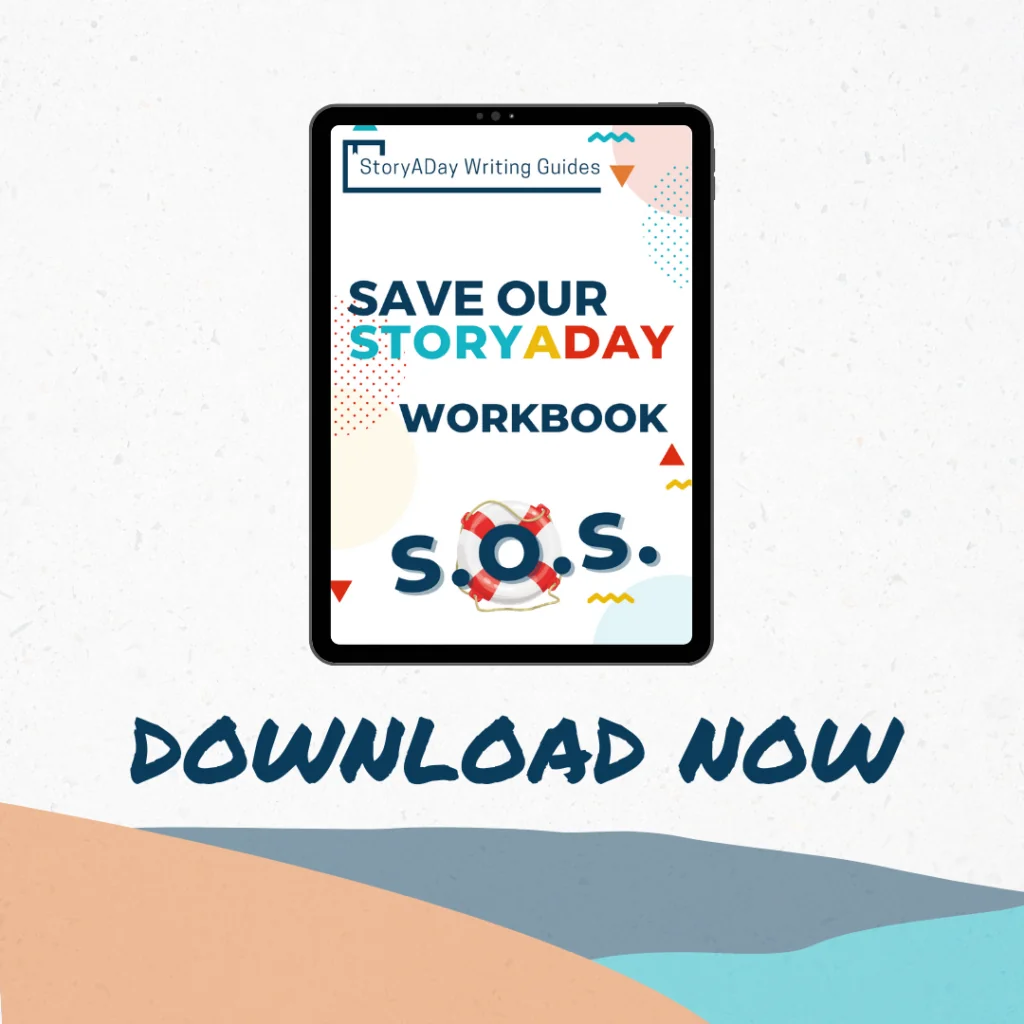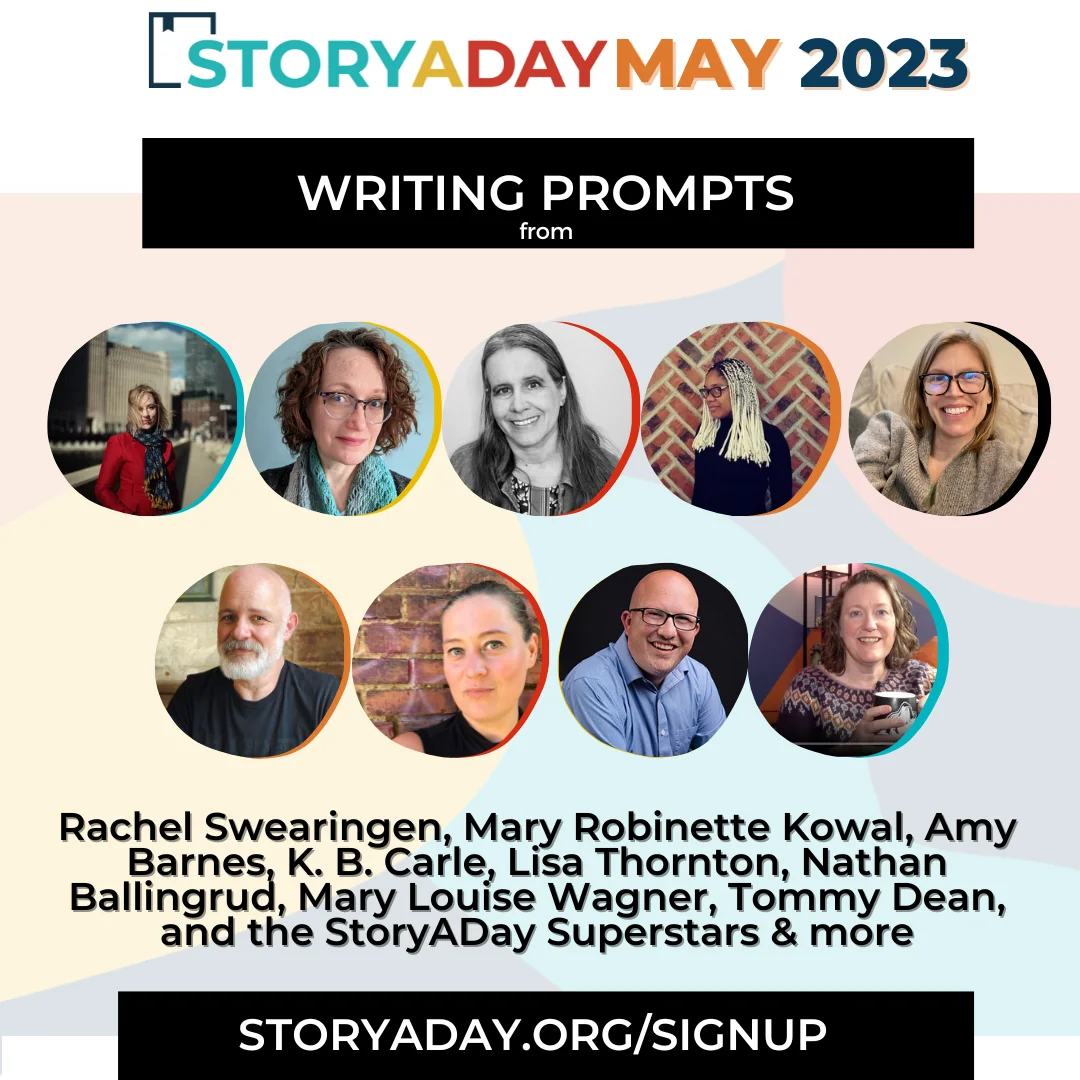PSST! Want to take part in the StoryADay September challenge, and go through all the 2023 prompts again? Sign up here and I’ll send you email reminders each day in September 2023.
I LIKE TO LISTEN to the radio while I eat lunch, which means I stumble across all kinds of random facts and stories. Today’s random story was about slumping British tennis player Cameron Norrie. He did really well earlier this year, but has been losing everything since June.
The reporter’s theory was that, after his early success, Norrie put too much pressure on himself to be perfect–in matches and on the practice court.
That’s the part that made me pay attention.
Sports psychologist Kevin Willis told me he encourages athletes to ask themselves: today, am I trying to “be good” or “get better”?
I didn’t understand the distinction until he explained:
- “Be good” is for match days, when you’re performing, showing what you can do, being judged against other people. (For us, the equivalent is when we’re polishing up a piece for publication. We want it to be good, because it’s going to be judged against all the other writing out there, and it’s going to have to compete for readers’ attention with all the other things life throws at them. We need those pieces to be good.)
- “Get better” is for practice days…this is where you need to let go of trying to be perfect, and instead allow yourself to experiment: try new things, fail, learn from the failure and try something else. This is where the only person you’re competing against is yourself: can you be better (or worse) than you were yesterday? And what can you learn from that?
For most athletes–and most writers–there are a lot more days when we are striving to ‘get better’ than days when we absolutely must ‘be good’.
In fact, trying to ‘be good’ when you ought to be in practice mode stifles your ability to try new things, to play in the dirt, to have fun and learn new things.
That’s what Cameron Norrie fell victim to, and is probably why his game is off.
The StoryADay Challenge is ALL about trying to get better, by doing lots of writing-that-doesn’t-need-to-be-good.
It’s all about getting comfortable with writing even when it’s not perfect (it can’t be. Not if you’re trying to write a story a day!)
It’s about training ourselves to allow that first draft to be, well, first draft-y and extremely imperfect.
I’m running the StoryADay challenge again this September, with all the prompts from May arriving in your inbox if you sing up here:
I hope you’ll join us.
Keep writing,
Julie
P. S. If you’ve tried the challenge before and failed, good for you! You learned something. If you’re interested in trying the challenge again, but this time “doing it properly” download this guide to failproofing your StoryADay Challenge


